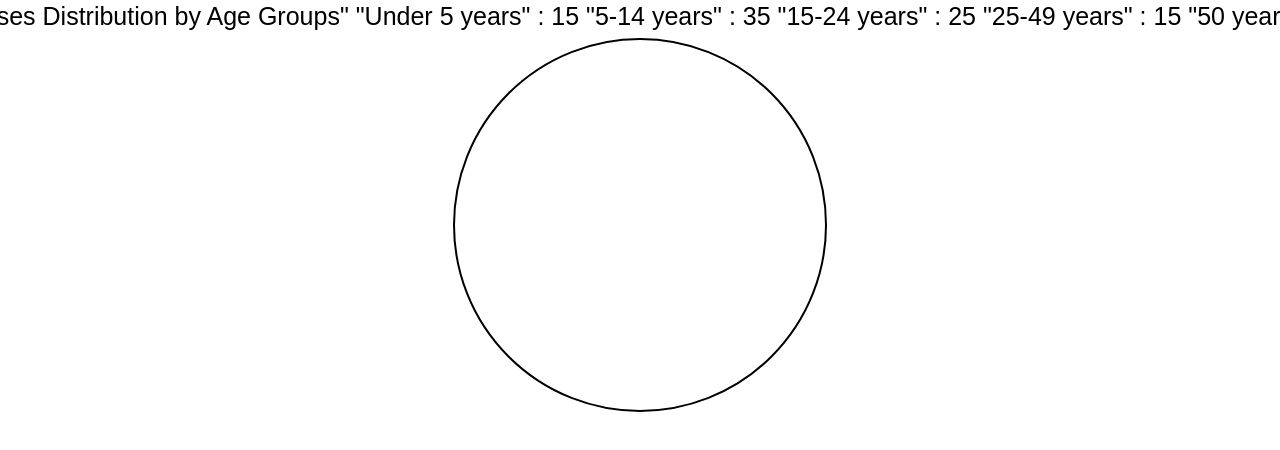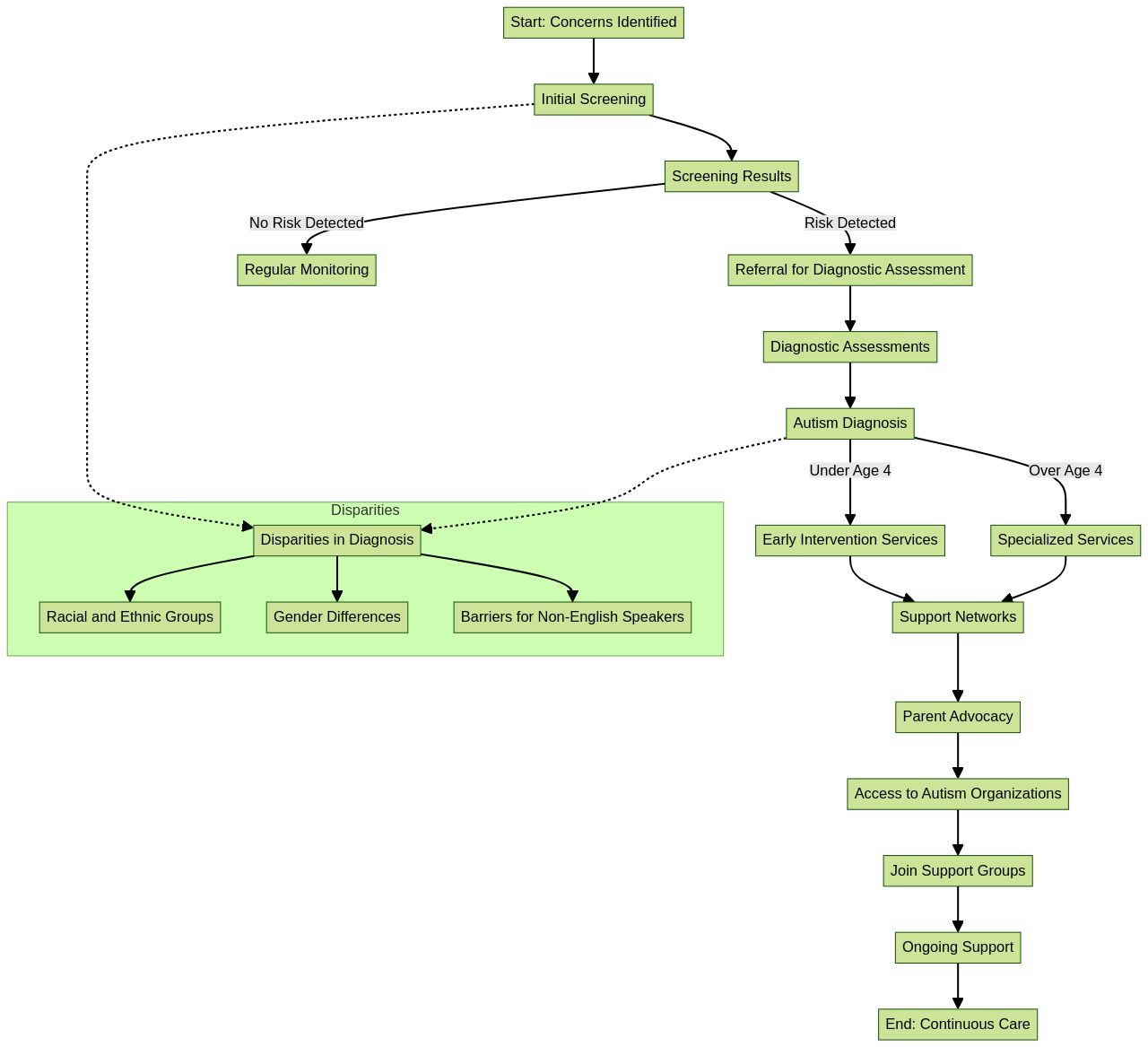Introduction
The journey to an autism diagnosis is complex and multifaceted, requiring collaboration between caregivers and professionals. Diagnostic protocols vary but often utilize the DSM-5 criteria as a guide.
Despite challenges, recent studies show potential for community-based providers to agree with autism specialists on diagnoses, reducing the current delays families face. With autism diagnoses on the rise, it is crucial to understand and support individuals with autism across the spectrum. This article explores the diagnostic process for children and adults, the role of professionals, and provides guidance for families navigating the diagnosis process.
Understanding Autism Diagnosis
The journey to an autism diagnosis is comprehensive and multifaceted, involving a detailed exploration of an individual's development, behavior, and communication abilities. Diagnostic protocols may vary, but typically they include the collaboration of caregivers and professionals, utilizing the DSM-5 criteria as a guide. It's essential to recognize that clinical judgment plays a pivotal role in the diagnosis process, which can lead to variation in diagnostic rates as noted by researchers like Bryony Beresford.
Despite the challenges, recent studies highlight the potential for community-based providers, once trained, to agree with autism specialists on diagnoses in a majority of cases. This could significantly reduce the current delays families face in obtaining a diagnosis, which can impact access to early intervention services. The CDC reports a rise in autism diagnoses, now at 1 in 36 children, underscoring the importance of awareness and understanding of autism from early childhood through adulthood.
Brain imaging studies have revealed structural differences in the brains of individuals with autism, although the exact cause remains under investigation. It's clear that autism is not influenced by vaccines, parenting, or nutrition, but rather points to genetic factors. As society progresses, it's crucial to support individuals with autism by providing accurate diagnosis and understanding the diverse presentations across the spectrum, including the influence of gender, culture, and other identity factors.
The Role of Professionals in Autism Diagnosis
Autism diagnosis is a multifaceted process that requires the collaborative efforts of various healthcare professionals. Each brings their specialized knowledge to the table: psychologists assess cognitive and behavioral aspects, psychiatrists look into the mental health conditions, pediatricians focus on developmental milestones, and speech-language pathologists evaluate communication skills.
This team approach ensures a nuanced understanding of the individual's unique challenges and strengths. It's crucial to build a trusting relationship with autistic patients, recognizing their capabilities and the commonality of their therapeutic needs with the general population.
Despite the lack of medical tests for autism, clinicians use the DSM-5 criteria, which emphasize the presence of core autism features from early childhood. However, symptoms may become more apparent as social demands increase, and learned coping strategies may mask challenges.
A recent study has shown promise in expanding diagnostic capabilities to trained community-based providers, with an 82% agreement rate with autism specialists on diagnosis, which could significantly reduce the long wait times for specialist evaluations. The median age for autism diagnosis is currently over four years, despite the possibility of reliable identification by age two. This delay in diagnosis can lead to delayed intervention services. As we understand more about autism spectrum disorder and its prevalence—rising from one in 110 children in 2006 to one in 36 today—our approach to diagnosis and support continues to evolve, honoring the legacy of those like Donald Triplett, the first person diagnosed with autism.
The Diagnostic Process for Children
The journey to an autism diagnosis for a child begins with a thorough developmental history, where caregivers detail the child's milestones and behavior patterns. Professionals observe the child in various settings, and standardized tools like the Autism Diagnostic Observation Schedule (ADOS) and the Autism Diagnostic Interview-Revised (ADI-R) are utilized to collect comprehensive data. This multi-faceted approach, coupled with expert clinical judgment, is crucial in determining if a child meets the diagnostic criteria for Autism Spectrum Disorder (ASD).
Globally, the rise in ASD diagnoses underscores the importance of timely and accurate identification to connect children with essential early intervention services. Yet, parents often face a protracted and opaque diagnostic journey, marked by frustration and a lack of clear information. Despite the critical need for early diagnosis to improve outcomes, the median age for an autism diagnosis remains over four years, well beyond the age when ASD can be reliably detected.
Innovative research suggests a promising shift: trained community-based providers can now align with autism specialists in diagnosis accuracy in 82% of cases. Such advancements could significantly reduce the diagnostic delay, empowering families to access interventions sooner. As the landscape of autism diagnosis evolves, it's imperative to streamline the process, enhance communication between professionals and families, and expand the availability of intervention programs tailored to young children, particularly those under three years old.
The Diagnostic Process for Adults
The journey to an adult autism diagnosis is often a complex one, influenced by a person's unique developmental history and life experiences. The process typically encompasses a thorough review of medical records and developmental history, complemented by interviews with individuals who have known the person since childhood, such as family members or caregivers.
These interviews are crucial for piecing together past behaviors that may indicate autism. Modern diagnostic techniques also include self-report questionnaires and personal interviews that focus on present symptoms and difficulties.
Despite advancements, significant challenges persist. Many adults, especially those over 50, remain undiagnosed, with estimates suggesting that over 425,000 individuals in this age group in England are unaware of their autism, a stark contrast to the government's figures.
This discrepancy highlights the historical lack of awareness and the ineffectiveness of past testing methods. The late '90s and 2000s saw a dramatic increase in diagnoses, reflecting changes in the criteria for autism, which now encompass a broader range of autistic traits. However, barriers such as limited availability of specialized assessors, potential costs, and insurance coverage issues can hinder the diagnostic process. Furthermore, clinicians' perceptions of autism can be influenced by gender, cultural, and socioeconomic factors, which may affect the diagnosis. With proper support and community acceptance, autistic individuals can lead fulfilling lives, but the path to understanding and diagnosing autism in society, particularly for older adults, is an ongoing journey.

Navigating the Diagnosis Process for Families
The journey to an autism diagnosis is a critical path that shapes a family's future. It's a process filled with complexities that require patience, knowledge, and the support of specialists.
Parents must become well-versed in the intricacies of the diagnostic criteria outlined in the DSM-5, ensuring their child's behaviors are accurately assessed by clinicians who are experts in recognizing the diverse manifestations of autism. This expertise is paramount because autism presents itself uniquely across individuals, and for some, signs may not be evident until social challenges outweigh their coping strategies.
The importance of early diagnosis cannot be overstated. Children diagnosed by age 4 are 50 times more likely to access essential services.
Yet, the path to diagnosis is fraught with disparities; the CDC's 2023 report highlights that while more White and Black children are being identified with autism, Hispanic and other children of color often face delays, hindered by barriers such as stigma, healthcare access, and language differences. Boys are diagnosed approximately 4 times more than girls, but recent insights suggest that girls may exhibit autism differently, risking underdiagnosis.
Families navigating this process encounter extensive wait times, sometimes over two years following initial screening, despite early detection being vital for effective intervention. As parents shoulder the role of advocate, it's crucial to engage with autism organizations and support groups that understand these challenges. These resources offer a lifeline, providing guidance through federal laws, educational plans, and alternative schooling options. Empowerment comes from having clear, accessible information and a support network that helps bridge the gap between early signs and a formal diagnosis. In this collective effort, every step taken is a stride towards embracing the needs of each unique child and securing a future where their potential can be fully realized.

Conclusion
In conclusion, the journey to an autism diagnosis is complex and multifaceted, requiring collaboration between caregivers and professionals. Diagnostic protocols vary but often utilize the DSM-5 criteria as a guide.
Recent studies show potential for community-based providers to align with autism specialists on diagnoses, reducing current delays faced by families. Understanding and supporting individuals with autism across the spectrum is crucial.
Professionals from various healthcare fields play a significant role in the diagnostic process, assessing cognitive, behavioral, developmental, and communication aspects. Early identification is vital for connecting children with early intervention services.
Challenges persist for adults seeking diagnosis due to historical lack of awareness and limited availability of specialized assessors. However, advancements in diagnostic techniques provide hope for improved accuracy and accessibility. Families navigating the diagnosis process must become knowledgeable about the diagnostic criteria outlined in the DSM-5 and engage with autism organizations and support groups for guidance. Early diagnosis is crucial for accessing essential services. In this collective effort to understand and support individuals with autism, every step taken is a stride towards embracing their unique needs and securing a future where their full potential can be realized.




